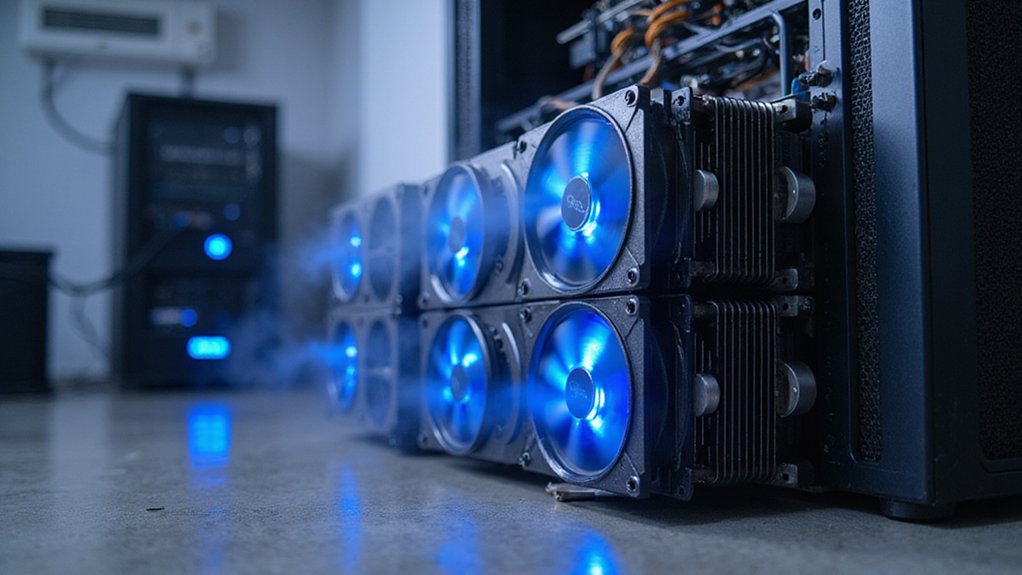Against astronomical odds that would make lottery players weep with recognition, solo cryptocurrency miners continue their Sisyphean quest to strike digital gold—a pursuit that demands they pit their individual computational resources against the combined might of industrial mining operations spanning continents.
The recent triumph of an anonymous solo miner, who successfully captured a Bitcoin block worth approximately $350,000 while operating with 2.3 petahash of computational power, illustrates both the tantalizing potential and inherent absurdity of this endeavor. This victory, achieved through sheer statistical fortune rather than any particular strategic brilliance, demonstrates why solo mining remains the financial equivalent of playing Russian roulette with electricity bills.
Solo mining’s mechanics are deceptively straightforward: miners independently verify blockchain transactions, solve cryptographic puzzles using specialized ASIC hardware, and broadcast solutions to the network for validation. The successful miner claims the entire block reward plus transaction fees—a winner-take-all scenario that would make venture capitalists blush with envy.
However, this apparent simplicity masks the technological complexity of maintaining full blockchain nodes while competing against mining pools that aggregate thousands of participants’ computational resources. Solo mining represented the primary method for transaction confirmation during Bitcoin’s early days, when individual miners could realistically compete without massive industrial infrastructure.
The hardware requirements alone suggest a commitment bordering on the masochistic. These operations demand industrial-grade ASIC miners, robust cooling systems to prevent thermal meltdowns, and internet connections stable enough to handle continuous network synchronization. The electricity consumption rivals that of small municipalities, creating ongoing operational costs that accumulate relentlessly regardless of mining success.
Bitcoin’s exponentially increasing difficulty has transformed solo mining from the original decentralized vision into a high-stakes gamble dominated by institutional players. Mining farms with hundreds of petahash now dwarf individual operations, making solo victories increasingly rare statistical anomalies rather than sustainable business models. The Proof of Work algorithm automatically adjusts this difficulty approximately every two weeks to maintain consistent block production times across the network. Without the mining rewards that incentivize participation, miners would lack motivation to invest in such expensive hardware and infrastructure.
Yet miners persist, drawn by the possibility of capturing full block rewards without sharing proceeds with pool operators. This psychological appeal—the dream of striking it rich through computational prowess—continues attracting participants despite mathematical realities suggesting they’d fare better purchasing lottery tickets.
The recent $350,000 windfall proves that against all reasonable expectations, digital David can occasionally topple industrial Goliath, even when armed with mere petahash against the mining establishment’s collective exahash arsenal.








